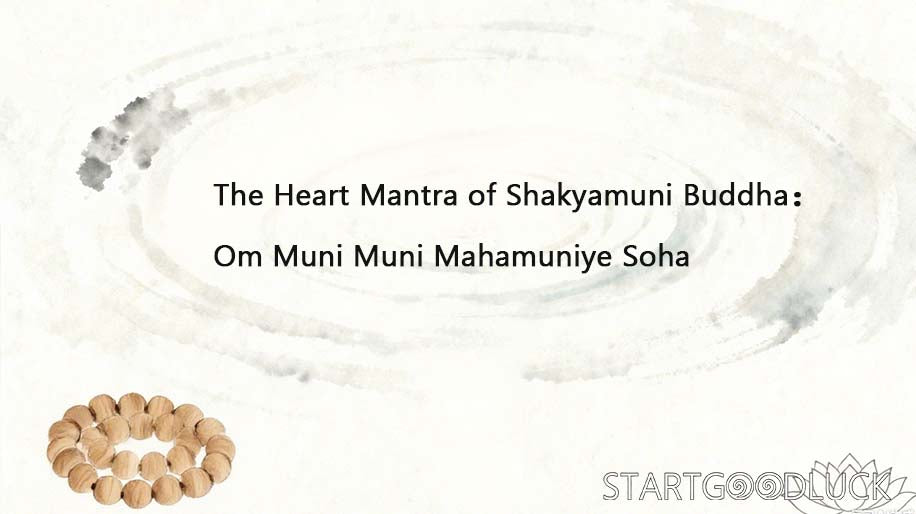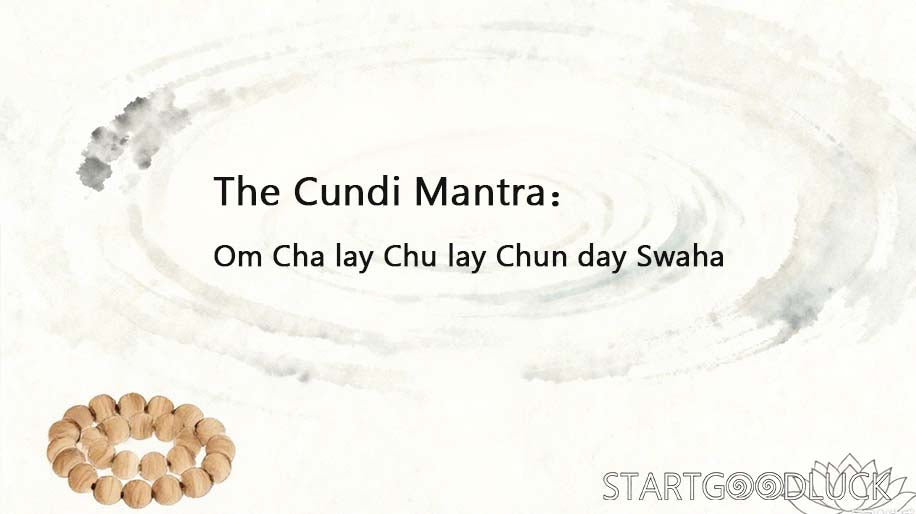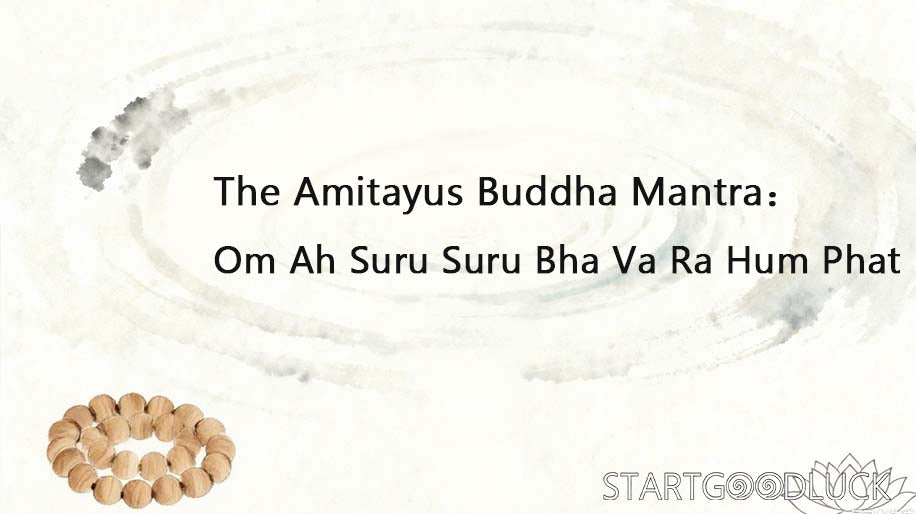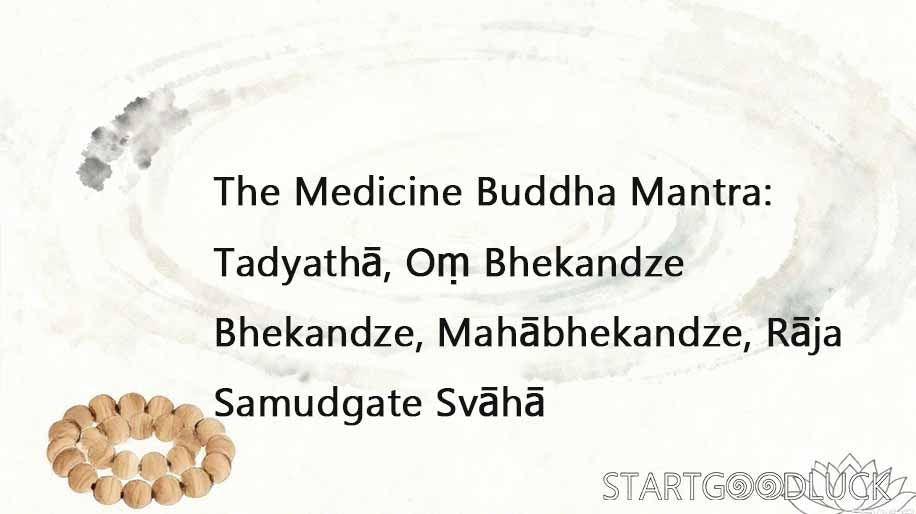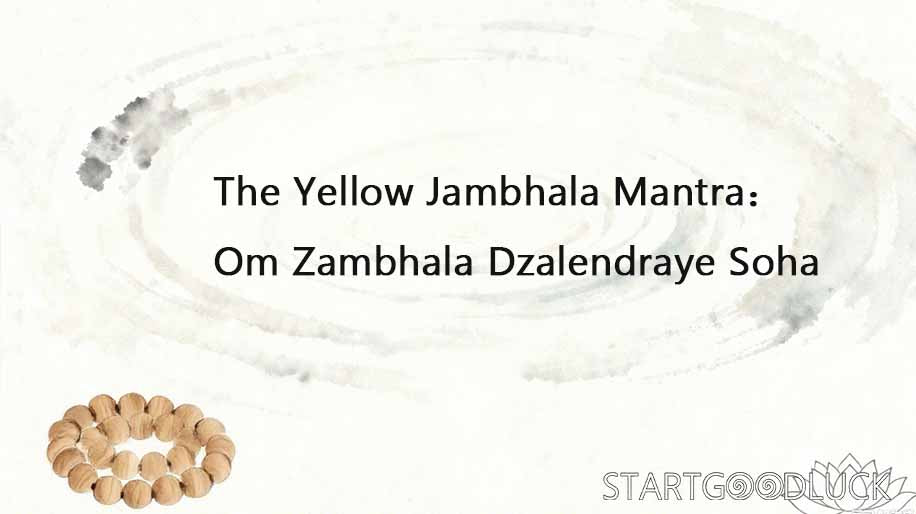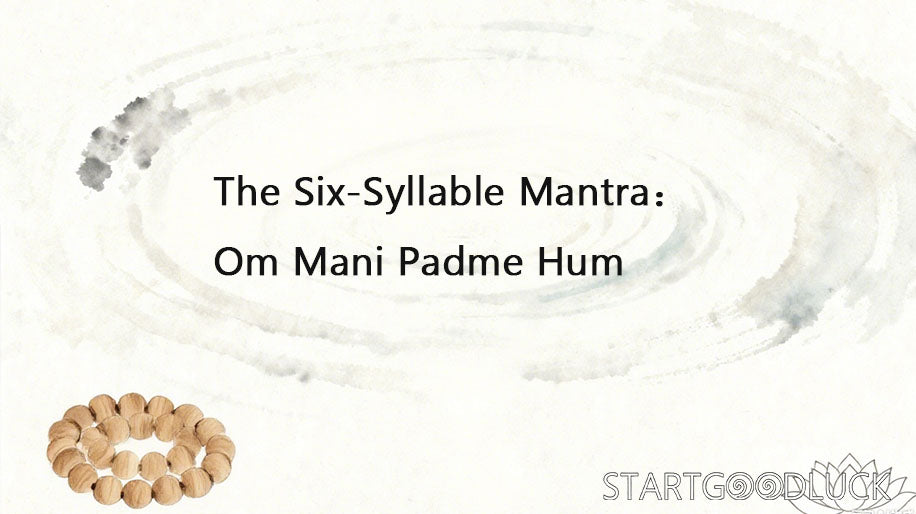The Heart Mantra of Shakyamuni Buddha is a core mantra aligned with the compassionate aspirations of Shakyamuni Buddha, the founder of Buddhism. It serves as a powerful tool for practitioners to connect with the Buddha's energy and pursue enlightenment. This isn't a mysterious symbol, but a practical method using sacred sounds to help purify the mind and body, and alleviate daily afflictions. You don't need deep philosophical knowledge to benefit; through simple practice, you can find mental stability and guidance.
I. Understanding Shakyamuni Buddha: The Guide to Enlightenment
Shakyamuni Buddha (c. 563 BCE – 483 BCE), originally Prince Siddhartha Gautama, was born in ancient India. He renounced his royal life after witnessing universal suffering—old age, sickness, and death. After six years of ascetic practices, he attained full enlightenment under the Bodhi Tree, realizing the ultimate truth of all phenomena.

For the next 45 years, Shakyamuni Buddha traveled and taught the Dharma—the path to liberation from suffering. His core teachings, the Four Noble Truths and the Noble Eightfold Path, provide a clear guide from confusion to clarity. The Heart Mantra of Shakyamuni Buddha is a condensation of his wisdom and compassionate vows. Chanting it is a way to align our own mind with the enlightened energy of Shakyamuni Buddha, helping us to be less confused and more mindful.
II. The Heart Mantra of Shakyamuni Buddha: Text and Meaning
1. Mantra Text and Pronunciation
The Sanskrit version of the Heart Mantra of Shakyamuni Buddha is concise and powerful:
Om Muni Muni Mahamuniye Soha
Pronunciation guide (approximate):
- Om (Ohm)
- Muni (Moo-nee)
- Maha (Maa-haa)
- Muniye (Moo-nee-yay)
- Soha (So-ha)
Don't worry about perfect pronunciation. Slight variations exist across traditions; the key is to chant with focus and a respectful heart.
2. Core Meaning of the Mantra
While mantras transcend literal translation, we can understand their essence:
- Om: The primordial sound of the universe, representing the unity of all wisdom. It helps gather our scattered attention into the present moment.
- Muni: Means "the sage" or "the silent one," referring to Shakyamuni Buddha himself. Repeating it twice emphasizes our connection to his enlightened qualities.
- Maha: Means "great," symbolizing the vast, boundless nature of Shakyamuni Buddha's compassion and enlightened state.
- Muniye: A respectful form, meaning "I honor the great sage."
- Soha: Means "may it be fulfilled" or "establishment," representing our prayer to be guided by Shakyamuni Buddha's wisdom towards our own purity and enlightenment.
In simple terms, the mantra means: "I pay homage to the great Shakyamuni Buddha. May I be blessed by your wisdom to be free from afflictions and progress on the path to mindfulness and perfection."

III. A Real-Life Transformation: Chanting the Shakyamuni Buddha Mantra
Meet Aunt Li, a 62-year-old woman whose story illustrates the power of this practice. For years, family conflicts caused her deep anxiety. She constantly argued with her son about his career choices and meddled in her grandson's education, convinced she knew best. The household was tense; Aunt Li suffered from insomnia and high blood pressure, and mealtimes became silent battles.
Then, she was introduced to the Heart Mantra of Shakyamuni Buddha. She began a simple daily routine: 10 minutes of quiet chanting on her balcony each morning. She would set a simple intention: "May the energy of Shakyamuni Buddha help me find peace and understanding."

At first, old habits persisted. But as she chanted, something shifted. The rhythm of the Shakyamuni Buddha mantra created a space of calm, allowing her to see that her anxiety stemmed from fear, not love. The mantra's vibration worked subtly on her consciousness.
After two months of dedicated practice, the change was remarkable. When her son discussed his business plans, she listened patiently. She asked her daughter-in-law about the benefits of different schools instead of criticizing. The arguments faded away. Her insomnia vanished, and her blood pressure stabilized. The consistent practice of the Shakyamuni Buddha mantra had transformed her inner world, which in turn healed her outer world. The mantra provided the key to unlocking her own innate peace.
IV. The Power of the Shakyamuni Buddha Mantra: Tangible Benefits for Modern Life
The practice of the Shakyamuni Buddha mantra offers profound, practical benefits for anyone seeking peace in a stressful world:
Purifies Negative Emotions: When frustration, anger, or anxiety arise, chanting the Shakyamuni Buddha mantra helps you step back from the emotional storm. It calms the nervous system, allowing you to respond to life's challenges with clarity and wisdom instead of reactive impulse.
Enhances Mental Focus: Students and professionals alike struggle with distraction. Just 1-2 minutes of chanting the Shakyamuni Buddha mantra can act as a "mental reset," sharpening your concentration and boosting productivity. It trains your mind to stay present.
Cultivates Compassion: As you align with the energy of Shakyamuni Buddha, you naturally develop more empathy. You might find yourself being more understanding of a colleague's delay or more patient with family members. This shift fosters harmony in all your relationships.
Provides Solace in Transition: For those conscious at the end of life, softly chanting the Shakyamuni Buddha mantra can alleviate fear and bring profound peace. It is a beautiful practice to offer comfort and a positive focus.

V. How to Practice: Simple Steps to Get Started
You don't need complex rituals. The path of Shakyamuni Buddha is accessible to all. Here’s how to begin:
Time and Place: No fixed rules. Chant for 5-10 minutes after waking up, during a break, or before sleep. Find a relatively quiet moment. You can even chant silently during your commute.
Posture and Style: Sit or stand with your back straight. You can bring your palms together in a gesture of respect. Chant aloud (softly) or silently in your mind—both are effective. The connection to Shakyamuni Buddha is made through sincere intention.
Intention and Dedication: Before you start, set a simple, positive wish, like "May this practice bring me peace." After chanting, you can dedicate the positive energy by thinking, "May the merits of this practice benefit my family and all beings."
Enhancing Your Practice: To deepen your connection with the Shakyamuni Buddha mantra, you can incorporate tools like a singing bowl to mark the beginning and end of your session, or use a prayer wheel while chanting. These are not required, but they can help create a sacred space and focus your intention.
VI. Conclusion: Embrace the Wisdom of Shakyamuni Buddha
The Heart Mantra of Shakyamuni Buddha is not about blind devotion; it's a practical tool to awaken your own inherent wisdom and kindness. It serves as an anchor, giving you a way to "pause and reset" whenever you feel overwhelmed by life.
If you desire less worry and more inner peace, try chanting this mantra. You don't need to believe anything specific upfront. Just spend a few minutes each day with these powerful sounds. With time, you will notice your mind becoming calmer, your heart softer, and your perspective clearer.
This is the ultimate teaching of Shakyamuni Buddha: Enlightenment is accessible here and now, in every moment you choose to be mindful and let go of your attachments. Let the mantra of Shakyamuni Buddha be your guide on this path.

